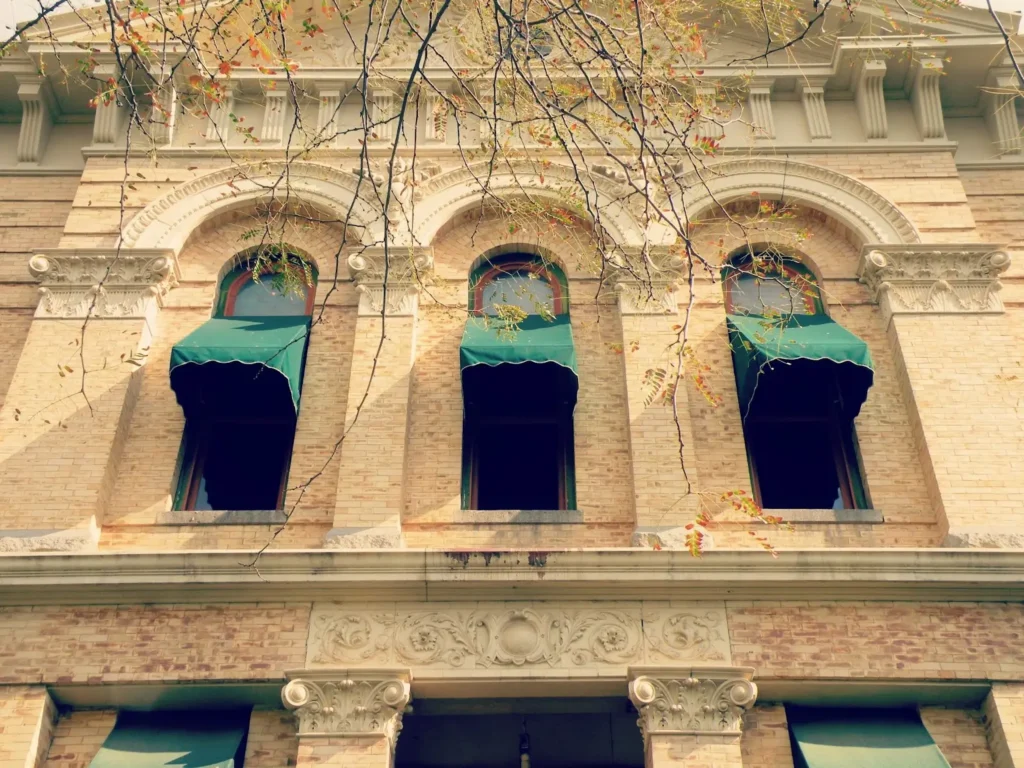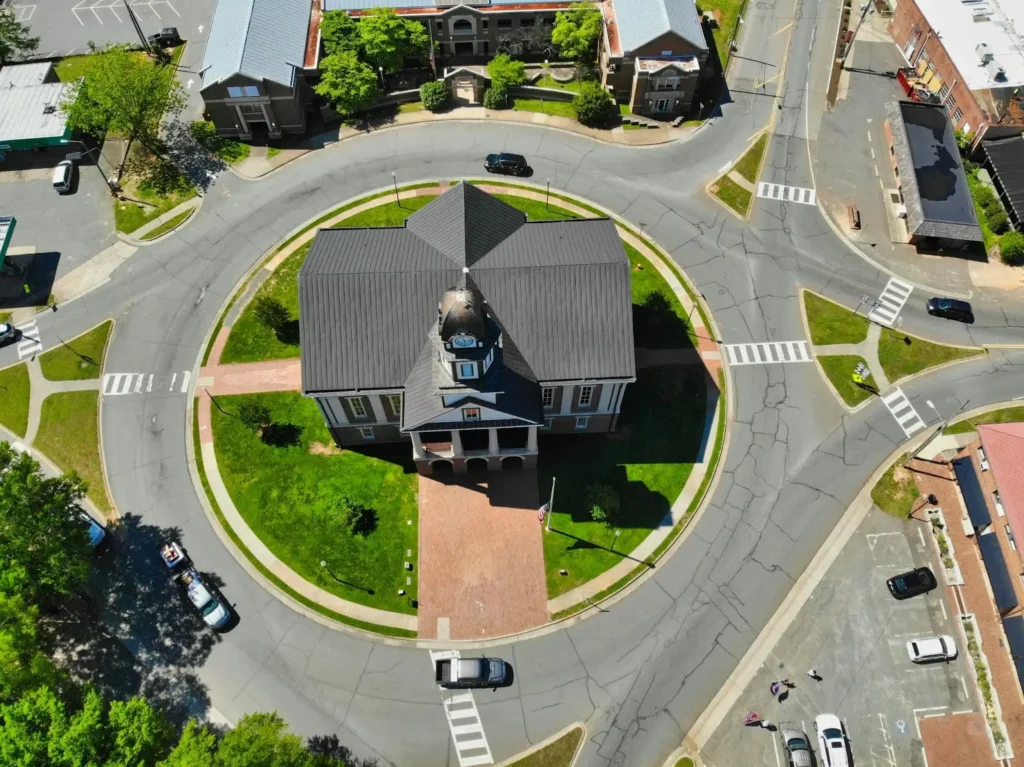Written By: Brad Campbell | September 24, 2024
Historic buildings, with their heritage architecture and important cultural significance, are often highly valued landmarks that are carefully preserved for future generations to enjoy and benefit from.
However, these historic structures must also be carefully modernized to improve their performance with the times, including updating their security measures to protect against modern security risks, like active threats.
Naturally, one of the most effective measures to protect against active threats is bullet-resistant security glazing, but using bulletproof glass for historic buildings is easier said than done.
Heritage buildings typically have to adhere to strict preservation guidelines, which specify what and how specific elements of their architecture can be modified. Among these, there are often rules related specifically to windows and doors.

One of the most significant challenges in retrofitting historic buildings with bulletproof glass is preserving their architectural integrity.
Whether or not a historic building is protected by strict preservation guidelines, preserving its heritage architecture is still a top concern that can make security upgrades more difficult.
Installing modern security features like bullet-resistant glass can potentially alter the building's original appearance and damage its existing structure, detracting from its historical value.
Historic buildings are subject to numerous local, state, and federal regulations aimed at preserving their historical and architectural significance.
These regulations often limit the type of modifications that can be made, especially to visible elements, such as windows and doors.
Ensuring compliance with these regulations while upgrading security measures can be a complex and time-consuming process.
Many historic buildings were constructed using older materials and techniques that create structural limitations when attempting to install modern security glass.
For example, the existing window frames and supporting structures may not be able to accommodate the additional weight and thickness of bullet-resistant glass without significant modifications.
However, due to preservation concerns, making such modifications may not be permitted or desirable, complicating matters further.
Maintaining the aesthetic appeal of historic buildings is crucial, and bullet-resistant glass retrofits that do not blend seamlessly with the original architecture can be unsightly, subtracting from the building's historical charm.
Striking a perfect balance between modern security needs and aesthetic preservation is a central challenge when it comes to using bulletproof glass for historic buildings.
The unique architectural features of historic buildings often limit the available options for retrofitting security measures.
For instance, standard out-of-the-box security glass solutions may not be suitable for the specific dimensions and architectural details of historic windows, necessitating custom solutions that can accommodate these constraints.

Despite the many challenges, it is possible to retrofit historic buildings with bullet-resistant glass while preserving their architectural integrity.
Innovative solutions, like the Riot Glass J Series, offer a way to harden historic buildings’ security without compromising on their historical value. Here’s how the J Series works:
The Riot Glass J Series uses a patented compression-fit sub-framing system that allows for the installation of ballistic-grade security glazing without the need for invasive modifications.
Unlike traditional methods that require drilling or other destructive techniques, the J Series sub-framing can be gently mounted into the existing window structure, preserving the original architecture.
The Riot Glass J Series is highly customizable, allowing for a perfect fit regardless of the specific dimensions and features of the building's windows.
This ensures that the bullet-resistant security glazing integrates seamlessly with the existing structure, maintaining the building's aesthetic appeal.
The non-invasive nature of the Riot Glass J Series helps ensure compliance with preservation guidelines and regulations.
By avoiding drilling and other permanent modifications to the building's structure, this solution aligns with the requirements of preservation authorities, making it easier to obtain the necessary approvals for retrofitting historic buildings with bulletproof glass.
The Riot Glass J Series provides a robust foundation for installing different types of ballistic-grade security glazing.
This system meets the stringent ASTM F3038 forced entry testing requirements, ensuring that windows can withstand a 15-minute forced entry attempt by multiple attackers using readily available tools and objects.
This level of security is crucial for protecting historic buildings from modern threats, such as mobs of armed attackers during incidents of civil unrest.
Another significant advantage of the Riot Glass J Series is its ability to be removed without leaving any trace.
If security needs or regulatory requirements change in the future, the sub-framing can be dismantled without damaging the original structure.
To illustrate the effectiveness of the Riot Glass J Series in retrofitting historic buildings with bulletproof glass, let's consider the example of a historic courthouse.
Let’s say that you have a courthouse Built in the early 1900s, and it is now a landmark with significant architectural and historical value. The building's original windows, with their ornate wooden frames and antique glass details, are protected under local preservation laws.

The courthouse needs increased security measures to protect against potential threats, including rioting, forced entry, and active threats, but any modifications have to comply with preservation guidelines and maintain the building's aesthetic integrity.
The Riot Glass J Series is selected for its non-invasive installation and custom-fit capabilities. The compression-fit sub-framing is tailored to the unique dimensions and features of the courthouse windows, allowing for the seamless integration of bullet-resistant glass without altering the original wooden frames or glass details.
The installation of Riot Glass J Series sub-framing and bullet-resistant glazing significantly improve the courthouse's security while preserving its historical and architectural value. The project is completed in compliance with preservation guidelines, and the building's aesthetic appeal remains intact. The non-invasive installation process also ensures that the courthouse can be restored to its original state if needed in the future.
Need to harden a historic building with bullet-resistant security glazing? Contact us for help!

HOW CAN WE HELP YOU?
